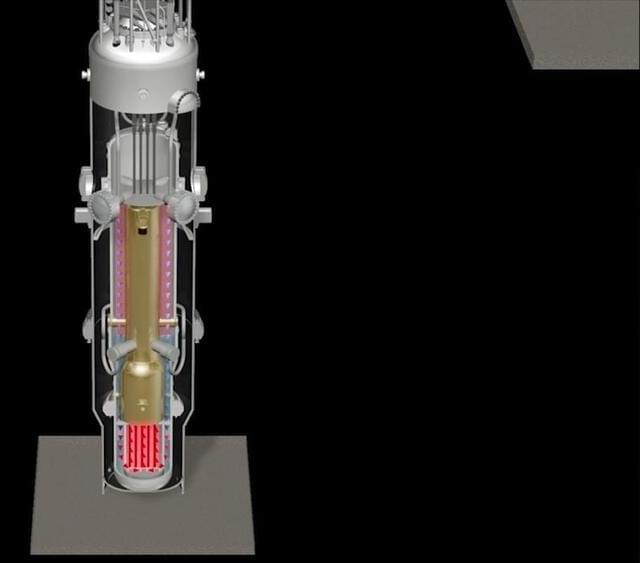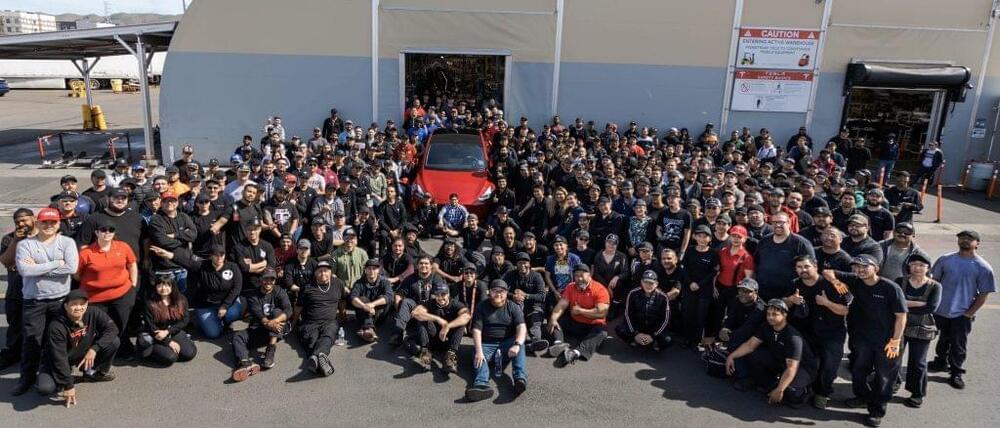Aug 31, 2021
Watch Rivian R1T Wade Through 3-Foot-Deep Water in Trial
Posted by Jason Blain in categories: sustainability, transportation
Plan ahead.
We have brought you multiple videos of Tesla cars in ‘boat mode’ wading through flooded streets across different parts of the world. Electric SUV maker, Rivian, seems to have an unofficial ‘boat mode’ as well, judging from a reasonably well performance in a recent test run.
Tesla’s rival electric SUV-maker Rivian just showcased its new R1T going through deep waters and unlike gas-powered cars, it seemed unbothered.
Continue reading “Watch Rivian R1T Wade Through 3-Foot-Deep Water in Trial” »


















